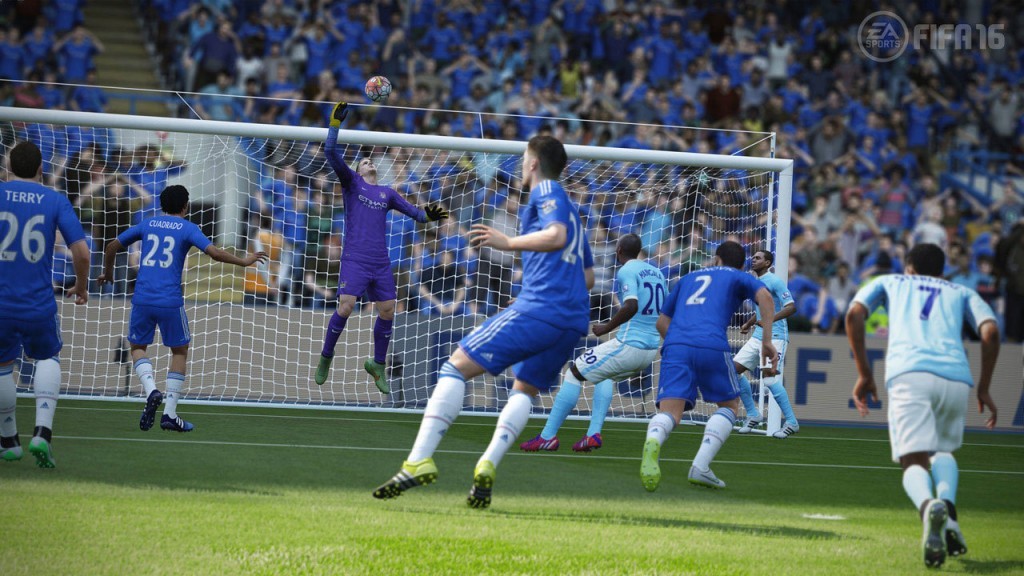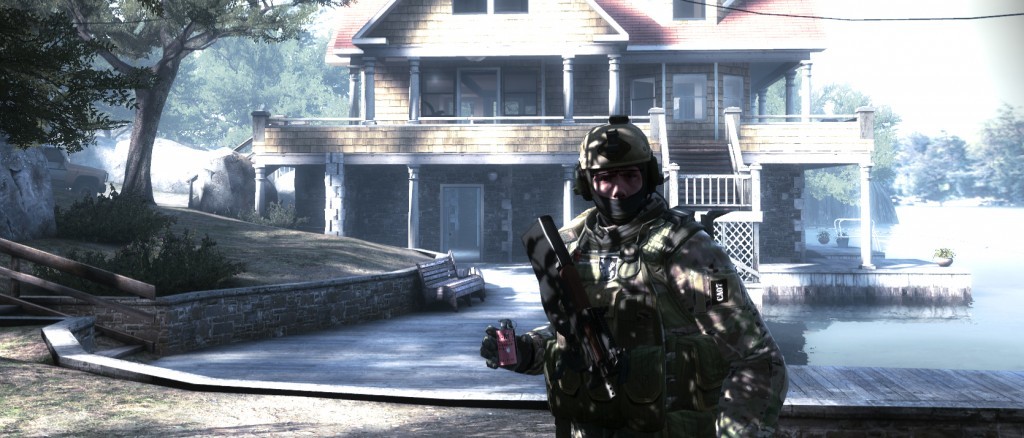This article is part of a collaboration with iQ by Intel.
The eSports fever that has taken the world by storm is largely driven by its popularity throughout Europe, Asia, and the Americas. But there are still billions of people on the sidelines in countries where competitive gaming has yet to take off. India, the second most populous nation on the planet, for instance, is one of the more prominent holdouts. As of the time of this writing, there are exactly zero players residing within the country who play eSports for a living. While pro players elsewhere in the world can bring in a hardy six figures, in the past three years Indian nationals playing in Indian leagues have garnered just 973 dollars and 40 cents.
However, it would be a big mistake to sleep on India. There is growing enthusiasm that the country will soon rise up and establish itself as a legitimate contender on the international scene. Just the latest example is Ganesh Meenavalli, the 14-year-old wunderkind, who recently traveled from Hyderabad to New Orleans to play in Call of Duty World Finals, making him the first native Indian to compete on Major League Gaming’s big stage.

Sandeep Aurora, the Marketing Director of South Asia Intel, is one of many who believe that we are on the threshold of an insurgence of eSports in India. “Even in it’s nascent stage in India, [the] eSports space is steadily heating up with an increasing number of recognized competitions,” he said. “While India is still gearing up for better performance in the field of eSports, we believe that there is tremendous scope and it is just a matter of time before our country starts to shine in this realm.”
Undeniably, there is a buzz around Indian eSports. The biggest publishers, promoters, and broadcasters in eSports, including ESL, Valve, Wargaming, Riot, Twitch, and Azubu, have all courted the region. The reason is obvious. India is home to 1.2 billion people, with cities that boast populations larger than smaller European countries. It is easy to imagine this massive groundswell of humanity rising in unison to clash with other great nations at matches of DOTA 2, FIFA, and Counter-Strike (the three most popular eSports in the country).
The only problem: its greatness is still in the visionary stage. Ten years ago, Akshat Rathee, the founder of India’s largest eSports promoter, NODWIN Gaming, was among the first wave of Indian eSport players, and according to him, they were notoriously bad. “We kind of sucked,” he said, describing the scene as Indian minnows sent to be slaughtered by the Koreans. “We became as bad as we are in soccer, which is, say, 152nd in the world.”
But eSport players in India are no longer green behind the ears, and the level of competition has improved quite a bit. These days, the best Indian players tend to fall somewhere in the middle of the pack. At the time of this writing, the top Indian Counter-Strike team, NeckBREAK, was ranked a respectable 88th out of a global field of 226. However, Indian teams are still trying to get over the hump and experience a breakthrough signature win. When NeckBREAK faced off against the Australian team Renegades at the ESL One Qualifiers earlier this year, they were humiliated, failing to score a single point.
Despite this, Rathee is confident that India will produce an eSport champion sooner than later. One reason is simply that it is far more practical to play now that the Internet is widely accessible. “Ten years ago, eSports were like golf. It was just for the elites who could go out and afford it,” Rathee said. Stringent data caps pose an issue for playing the thousands of hours necessary to become an expert.

Still a bigger reason is that India herself is changing. The third generation of Indians, who are driving the interest in eSports, are becoming more ambitious about following their passions and pursuing careers in untraditional professions. “We’ve seen this generational change, where parents are OK with their kids playing videogames, because they played a little Mario, a little bit of Contra. We are that generation,” he said.
It is his opinion that India needs a few more years to get to the peak level where they can compete. “It might take another 5 years for people to say this is as good of a career as cricket,” he said. Like anyone in his position, he has projections and estimates that are perhaps a bit bullish. In two years he hopes that India will have 200 professional players, ten gaming houses (think: MTV Cribs for eSport teams), and two players breaking the million dollar mark. He sees the teams sticking together long enough to develop finesse and teamwork.
If that happens, the rest of the world better watch out.
